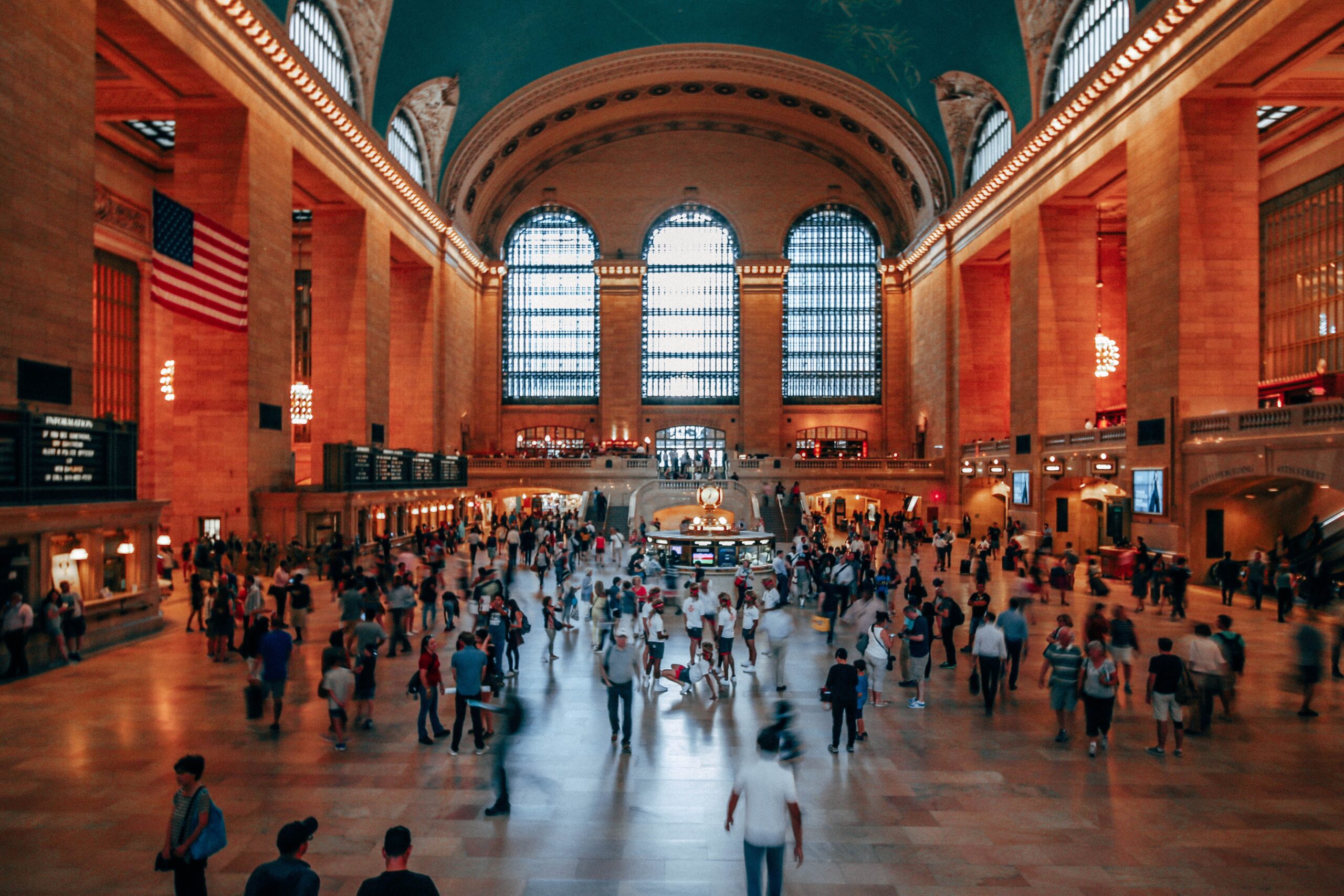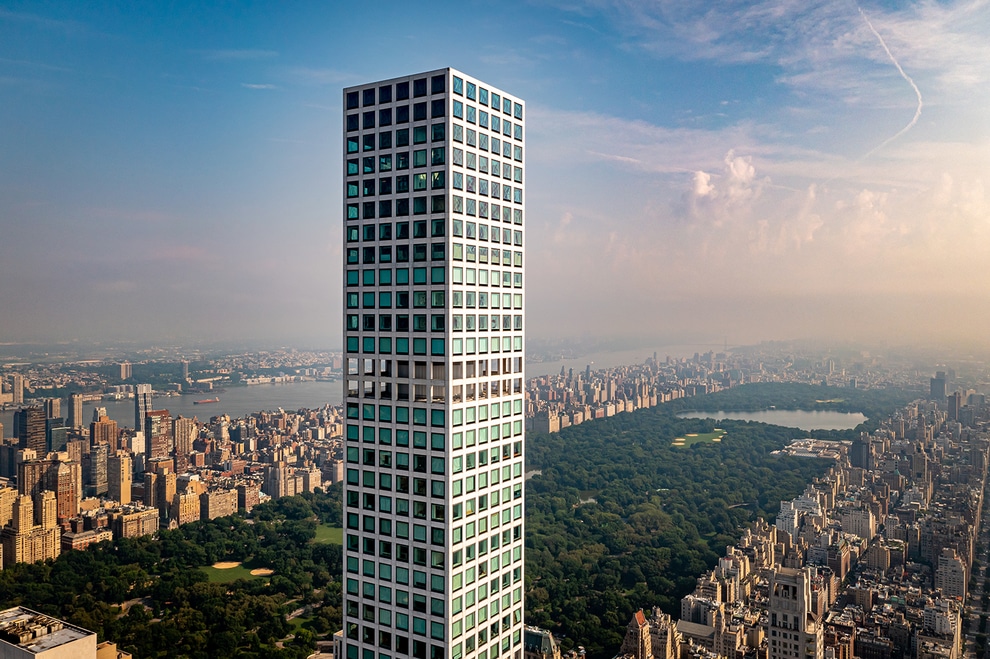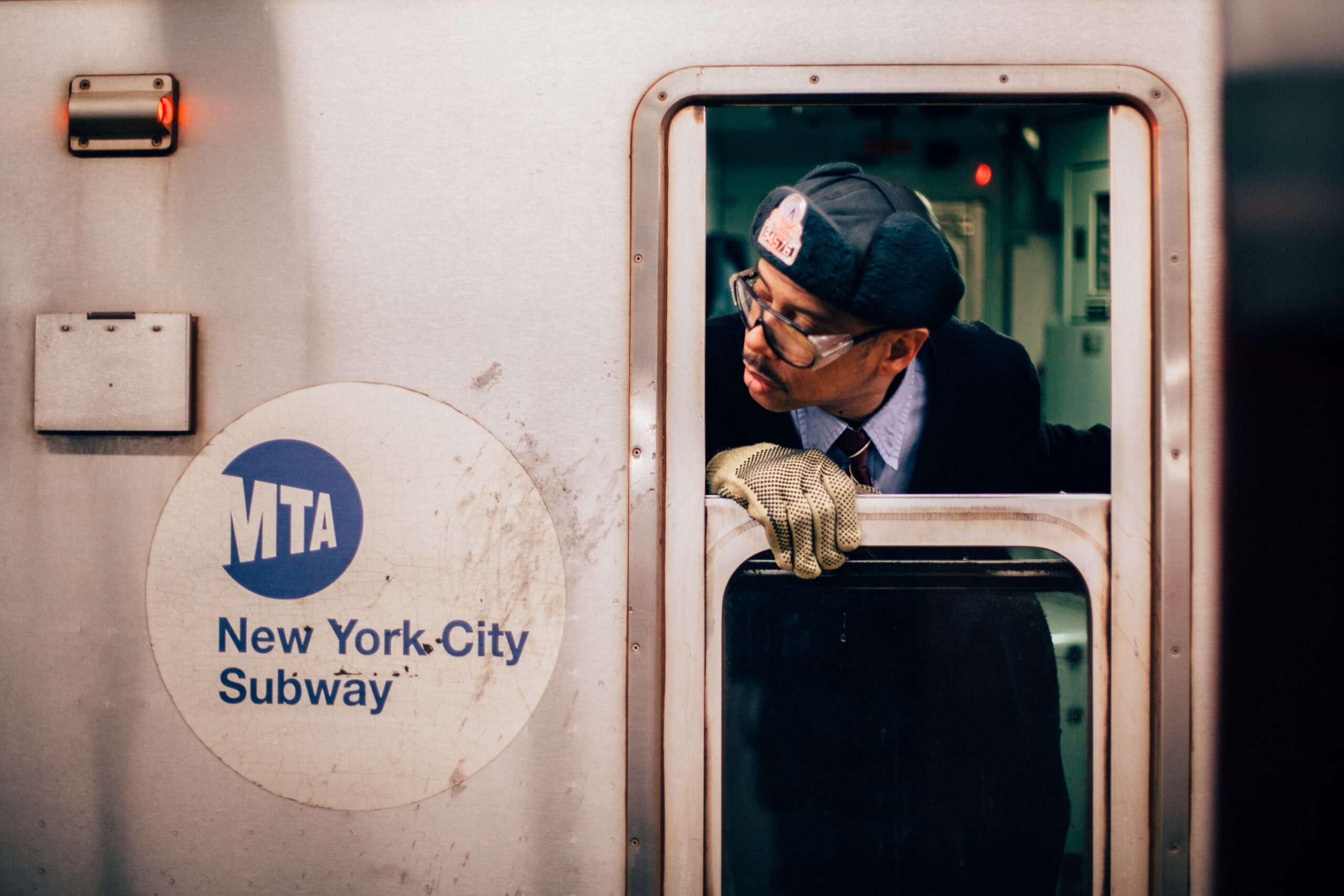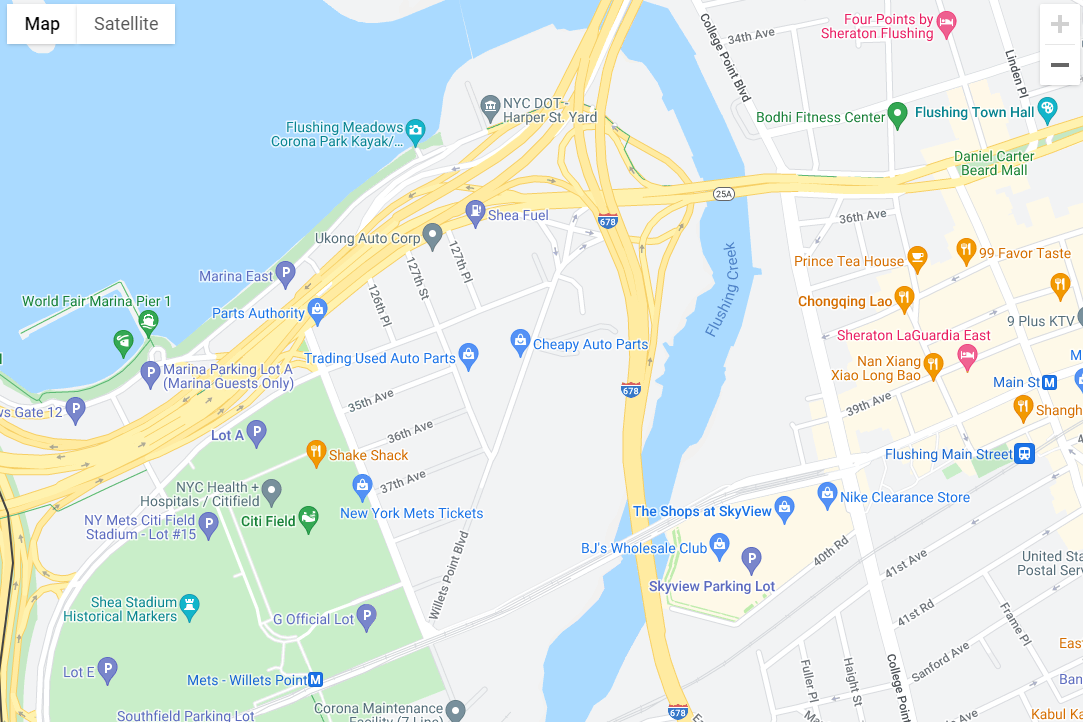There’s a famous saying in my home state: “Wisconsin has two seasons—winter and road construction.” Living in New York City, however, it often feels as though construction is literally ceaseless. Today, let’s look at seven of the most ridiculous construction delays in NYC history. (Disclaimer: this includes projects that took a ridiculously long time to complete as well as projects that resulted in a ridiculously disappointing end product proportional to the time and effort expended on construction.)
The East Side Access Project

MTA’s East Side Access, an expansion of the Long Island Railroad into Grand Central Station, has infamously been in development for decades. The first proposals for expanded train access to Long Island were made as early as the 1950s, and several attempts to create new tunnels faltered due to a series of financial crises. It was not until 1998 that the MTA officially committed to the ESA project—which was initially projected to cost $3 billion and be completed by 2010.
Now, the East Side Access is slated to be completed by the end of 2022. Final costs have expanded to over $12 billion, making the ESA the most expensive transit project in America. Funding and zoning negotiations delayed the beginning of tunnel construction until 2007, and critics blame the decision to place the new LIRR terminal below Grand Central rather than incorporating it into existing station infrastructure for driving up the cost of the project. Coordinating between the independent contractors and various municipal and transportation authorities involved in planning—including the MTA, LIRR, and Metro-North—has also complicated the building process.
Last October, New York Governor Kathy Hochul took a test ride on the new East Side Access line to give the public a sneak peak of the new station. For New Yorkers (and especially Long Islanders) fed up by decades of delays, the opening of the new LIRR line cannot come soon enough.
The New York Wheel

After riding the famous London Eye in 2008, developer Meir Laufer became excited by the prospect of building a similar observation Ferris wheel in New York City to offer tourists breathtaking views of the Manhattan skyline. In 2012, it was decided that the New York Wheel would be installed in the St. George neighborhood of Staten Island, with a projected total cost of $230 million and a grand opening anticipated for 2016.
The project was plagued by delays and internal conflict among the design and construction teams, and several different contractors were brought on board and subsequently fired. Estimated costs for the project soon more than tripled, and as public support for the project waned, the city refused to provide the venture with tax breaks or city bonds. By 2019, facing bankruptcy, developers were forced to abandon the project and auction off the Ferris wheel parts that had already been built (and whose ongoing storage was costing developers over $460,000 per month).
Recently, news has broken that plans for a smaller version of the wheel are being considered for the New York Wheel complex down at St. George. Still, after the mishandling of the original project, Staten Island residents are unlikely to hold their breath waiting for its completion.
432 Park Avenue

Since topping out in late 2014, the 85-story residential skyscraper at 432 Park Avenue has become an inescapable—and hotly debated—part of New York City’s skyline. Many city residents consider the stark, blocky tower an eyesore. And in recent months, the elite millionaires who call 432 Park Avenue home have begun to sour on their new place of address: in September 2021, the building’s condo board launched a lawsuit seeking millions in damages for shoddy construction that has impacted residents’ quality of life.
The construction of 432 Park Ave was fraught from its beginnings in 2007, with developer Harry Macklowe accused of harassing local businesses to shorten their leases so that he could buy up local land parcels to make room for the tower. Development was also delayed by the 2008 financial crisis, which caused Macklowe to default on loans and nearly resulted in banks foreclosing on the building site. Financial ownership of the project changed hands many times, and 432 Park Avenue was cited multiple times for safety violations throughout its construction process.
Having finally been completed in 2015, 432 Park Avenue is hardly an old building. But, as detailed in the recent lawsuit, residents are already complaining of flooding, faulty elevators, and multiple incidences of power outages. And, though it was the tallest residential building in the world at the time of its completion, the tower has already been bumped down to third place on that list. For both residents and non-residents, 432 Park Ave was decidedly not worth the wait.
Second Avenue Subway

Like the East Side Access, phase two of the Second Avenue subway is a long-awaited expansion that would drastically increase an underserved area’s access to public transportation: in this case, by adding three new subway stations across the Upper East Side and into East Harlem for an anticipated price tag of about $6 billion. Area residents are excited about the new stops, but some are slightly put out that it has taken more than ninety years to get this far.
The first proposal for an underground railway system under Second Avenue was made in 1929, but these plans were soon stalled by the onset of the Great Depression—and then again by World War II, and then once more by the Korean War. Construction at last began in the 1970s but was quickly halted by the city’s burgeoning financial crisis. Phase one, which extended the Q line from 63rd Street to 96th Street, was finally completed in 2017. But Harlem residents eager for Q train service will have to wait until phase two is complete, which may not happen until 2029.
Willets Point

Queens’ Willets Point neighborhood, also known as the Iron Triangle for its heavy concentration of auto repair shops, has had a long history of neglect from the city of New York: its streets are pitted with potholes and prone to flooding from the polluted Flushing River, and a modern sewage connection was not installed in the neighborhood until 2011. But perhaps the greatest injustice done to Willets Point was the long-delayed development plan that demolished dozens of local businesses but never resulted in the construction of the promised new parks and buildings.
When-Mayor Bloomberg first announced plans for the cleanup and renewal of Willets Point in 2007, many felt that the new developments would not actually meet the needs of local residents—especially after the plan was revised to prioritize the construction of a large shopping center over more necessary resources like affordable housing. Still, the deal was approved by the City Council in 2011, and by 2013, city inspectors were closing local auto shops for demolition. However, construction was stalled in 2015 over a land dispute related to the shopping mall and has languished ever since, placing a massive burden on local residents and leaving Willets Point in worse shape than before.
In June, a new development plan with a greater emphasis on environmental stewardship and affordable housing finally broke ground in Willets Point. For the sake of Willets Point residents who have waited decades for improvements, we can only hope that this new initiative follows through on its promises.
